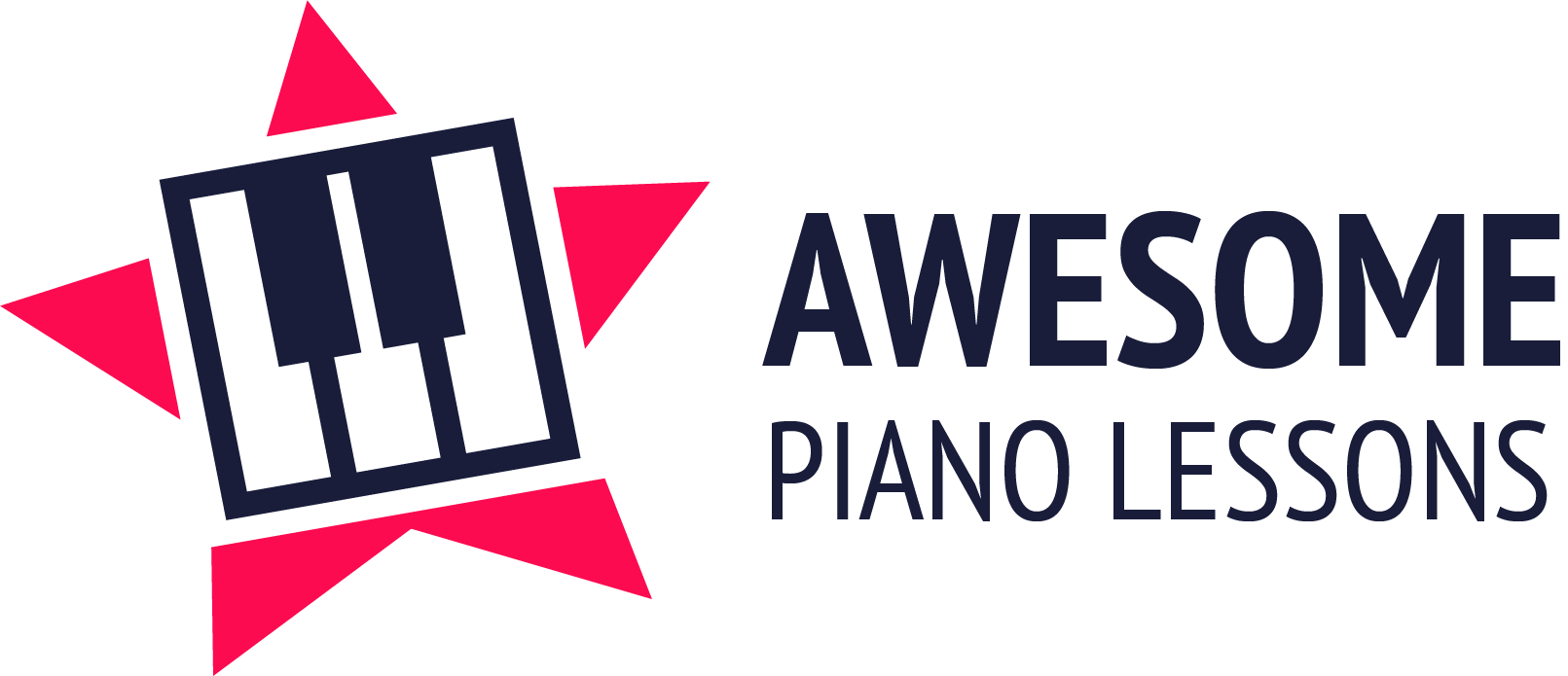Did you know that all sounds are caused by the vibrations of air molecules? The sound waves in air molecules derive from some kind of vibrating object such as a musical instrument or a person’s vocal chords. In music terms, we regard the frequency (the number of times the molecules vibrate every second) a note vibrates at as the pitch of the note.
In majority of contemporary sheet music, you will realise that the music will be written on either the treble clef staff or the bass clef staff. If the notes are written closer towards the top of such clefs, the pitch increases, resulting in a higher and lighter sound. Conversely, if the notes are written closer towards the bottom of the clefs, the pitch will decrease to give a much lower, darker sound. The treble clef consists of notes that are higher in pitch as compared to the bass clef. As for the bass clef, it contains notes that are lower in pitch than the treble clef. For this reason, certain instruments that have a dynamic range of notes like the piano particularly. Hence, you might see a combination of both the treble clef staff and the bass clef staff.
When one starts to discover more about music notes, they will begin to realise that as you go from the lower pitch notes from the left of the piano to the higher pitch notes on the right side of the piano, the notes are written on the staffs in ascending order. There are times when we write notes either below or above the lines on the staff, these notes will appear on extra small lines known as ledger lines. After that, you might also come across a note (middle C) that can be written as either one ledger line above the bass clef or as one ledger line below the treble clef.
In music, there are notes that we sometimes stumble across known as “Accidentals”. So what exactly are these accidentals? Notes that I accidentally play by mistake? No, even though some musicians might try to cover up as an excuse, accidentals are actually notes that are required of you to play in a piece that is not in the general key that majority of the song is written in. When you come across a note in music that has a  to the left of it, you simply play the note immediately on the left of it. If you encounter a note that has a
to the left of it, you simply play the note immediately on the left of it. If you encounter a note that has a  in front of it, you will just have to play the note on the right of it.
in front of it, you will just have to play the note on the right of it.
If you require a piano teacher to assist you in your learning, check out Awesome Piano! We offer students a wide range of piano lessons in Singapore based on one’s budget, abilities and requirements.
